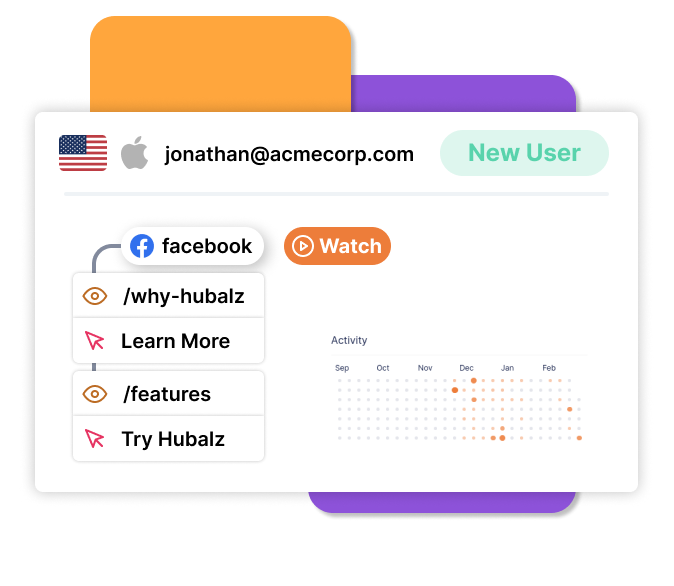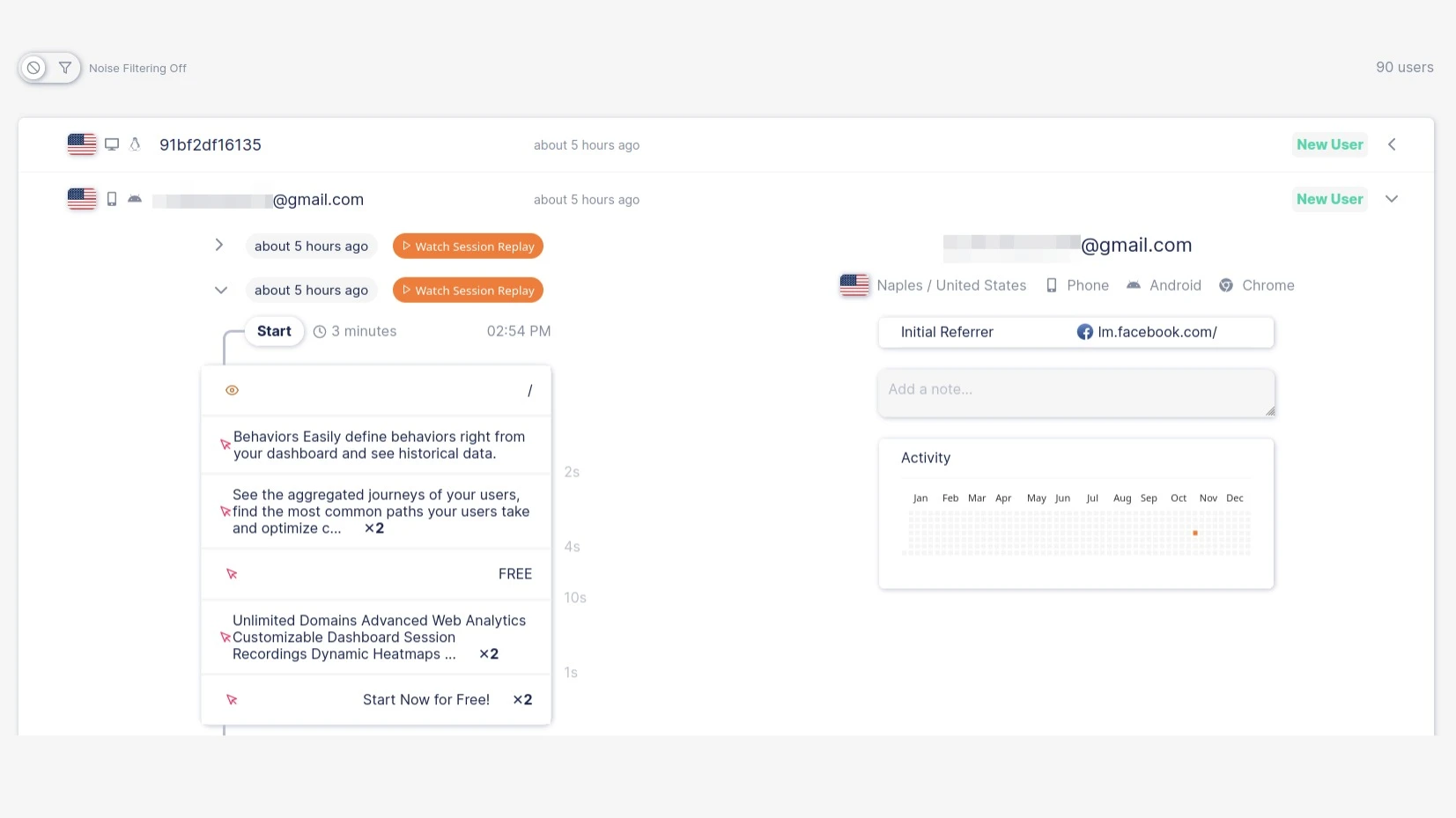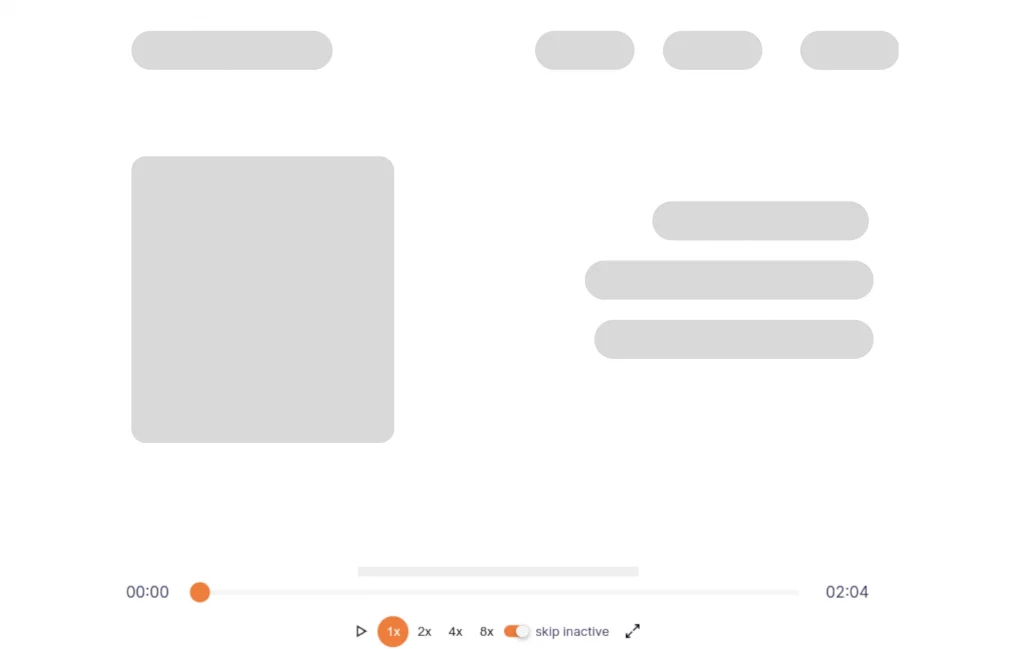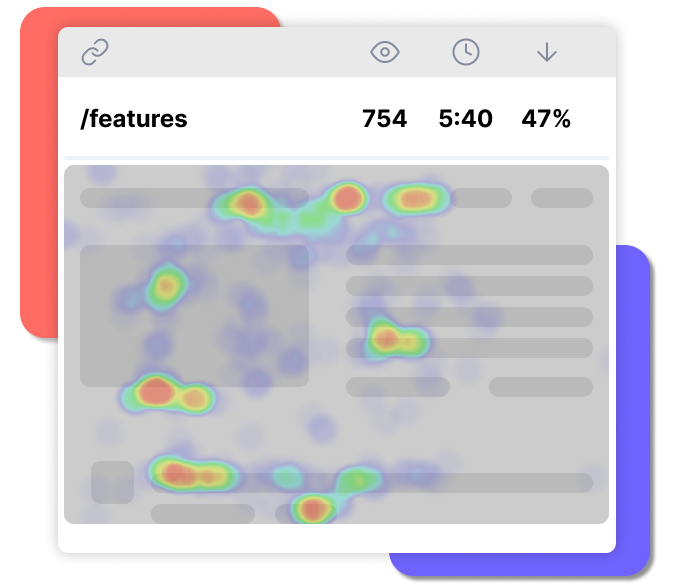In today’s digital age, understanding the customer journey is critical to the success of any business. The digital customer journey refers to the series of interactions and touchpoints a customer has with a brand across digital channels, from initial awareness to post-purchase engagement. To effectively understand and optimize the digital customer journey, businesses use audience journey mapping techniques to visualize the journey and identify areas of improvement.
Audience journey mapping involves creating a visual representation of the customer journey, highlighting each touchpoint and interaction a customer has with a brand. By mapping out the audience journey, businesses gain insights into the customer experience, such as pain points and areas for improvement. Audience journey mapping can help businesses create more effective marketing strategies, improve customer engagement, and increase customer retention.
In this blog post, we’ll explore the importance of understanding the digital customer journey and the role of audience journey mapping in this process. We’ll define the terms audience journey, audience journey map, and audience journey mapping, and provide tips and strategies for businesses to effectively map and optimize their digital customer journey. Additionally, we’ll discuss how Hubalz’s visitor journeys, session replays, and heatmaps can help businesses track and analyze customer behavior to improve their digital customer journey.
Why Audience Journey Mapping Matters
Understanding the digital customer journey is crucial for businesses looking to improve their online presence and increase conversions. One effective way to gain a deeper understanding of the journey is through audience journey mapping. By creating an audience journey map, businesses can better understand their audience and identify pain points in the customer journey that may be hindering conversions.
One of the key benefits of audience journey mapping is gaining a comprehensive understanding of your audience. By mapping out the journey from awareness to purchase, businesses can visualize the touchpoints that potential customers encounter along the way. This helps businesses to identify and prioritize areas of improvement, and create targeted solutions to better engage with their audience.
Audience journey mapping can also help businesses identify pain points in the customer journey. By analyzing the journey from the customer’s perspective, businesses can pinpoint areas where customers are experiencing frustration or confusion. This insight can help businesses to identify opportunities for improvement, and implement changes that make the customer journey smoother and more enjoyable.
Another benefit of audience journey mapping is the ability to increase conversions and revenue. By optimizing the customer journey, businesses can reduce the number of potential customers that drop off at each stage of the journey, and increase the number of customers that ultimately make a purchase. This can lead to increased revenue and growth for the business.
Ultimately, the benefits of audience journey mapping can be seen in increased conversions and revenue. By understanding their customers’ behavior and pain points, businesses can optimize their marketing strategies and improve the overall customer experience. This, in turn, can lead to increased sales and revenue for the business.

Elements of a Digital Customer Journey
The digital customer journey consists of several stages that a potential customer goes through when interacting with a business online. It begins with the initial awareness of the product or service and ends with a purchase decision. The stages in between can vary depending on the nature of the business, but they generally include interest, consideration, evaluation, and intent.
Throughout each stage of the journey, there are key touchpoints that a customer will encounter, such as website visits, social media engagement, email marketing, and customer service interactions. By identifying these touchpoints, businesses can map out the customer journey and gain a deeper understanding of their audience’s behaviors, preferences, and pain points.
Audience journey mapping is an essential tool for businesses looking to improve their online presence and increase conversions. By analyzing the customer journey from start to finish, businesses can identify gaps in their marketing strategies and optimize each touchpoint to ensure a seamless and engaging experience for potential customers.
When mapping the audience journey, it’s important to consider the needs and wants of your target audience. What are their pain points? What motivates them to make a purchase? By understanding the customer’s perspective, businesses can create a more personalized and effective marketing strategy that resonates with their audience.
Audience Journey Mapping Techniques
Audience journey mapping involves creating a visual representation of the path a customer takes when interacting with a brand. Understanding the customer journey is crucial for any business that wants to provide a positive customer experience and maximize conversions. There are several techniques businesses can use to create an effective audience journey map.
One of the first steps in audience journey mapping is to develop buyer personas. These are fictional representations of the ideal customer that businesses create by conducting research and analyzing data. Buyer personas can help businesses understand their customers’ needs, wants, pain points, and behaviors. They can also help businesses identify the key touchpoints in the customer journey.
Another technique for audience journey mapping is conducting customer research. This can involve surveys, interviews, focus groups, or social media listening. The goal of customer research is to gain insights into customers’ experiences, emotions, and motivations. This information can help businesses create a more accurate and detailed audience journey map.
Analyzing website data is another essential technique for audience journey mapping. By tracking website analytics, businesses can gain valuable insights into how customers interact with their website. They can identify the most popular pages, the pages where customers exit, and the pages where customers spend the most time. This data can help businesses optimize their website to create a more seamless customer journey.
There are also many tools available for journey mapping, such as Hubalz’s visitor journeys, session replays, and heatmaps. These tools allow businesses to visualize the customer journey in real-time, identify bottlenecks and areas of improvement, and test different scenarios to optimize the journey.
Benefits of Using Digital Tools for Audience Journey Mapping
Understanding the digital customer journey is vital to create an effective marketing strategy that can improve customer experience and increase revenue. One way to achieve this is through audience journey mapping. By mapping out the various stages of the digital customer journey, businesses can identify areas for improvement and optimize their marketing efforts.
Fortunately, with the advancement of technology, businesses can use various digital tools to map out the audience journey more efficiently and accurately. One of the benefits of using digital tools is the ability to gather and analyze data. With the right tools, businesses can collect data on customer behavior, preferences, and interactions with their brand. This data can help businesses gain insights into their audience’s needs and pain points, which they can use to improve the customer experience.
Moreover, digital tools can help businesses automate the audience journey mapping process. These tools can create visual representations of the audience journey that make it easier to identify gaps and opportunities for improvement. This not only saves time but also helps businesses develop more effective strategies for engaging with their audience.
Examples of digital tools for audience journey mapping include Hubspot, Adobe Experience Cloud, and Google Analytics. These tools offer features such as customer segmentation, behavior tracking, and funnel analysis, which can help businesses understand their audience better and improve their marketing efforts.
How Hubalz Can Help with Audience Journey Mapping
Hubalz is a powerful digital tool that can assist in audience journey mapping. With its advanced visitor journey tracking and session replay features, it allows businesses to gain a deeper understanding of their audience’s digital customer journey.

One of the key benefits of using Hubalz for audience journey mapping is the ability to track every touchpoint of a visitor’s journey. Hubalz creates a comprehensive journey for each visitor, including all their pageviews, clicks, scrolls, and other interactions with the website. This allows businesses to gain a better understanding of their audience’s behavior and identify pain points in the digital customer journey.

Another advantage of using Hubalz is the ability to watch session replays. With this feature, businesses can view actual recordings of visitors interacting with their website, providing valuable insights into their audience’s behavior and preferences. This can be especially useful in identifying usability issues and opportunities for improvement in the digital customer journey.
Hubalz also provides heatmaps that display the most popular areas of a website, allowing businesses to identify which sections are most engaging to their audience. This information can be used to optimize the website’s design and content to better guide visitors through their digital customer journey.

Best Practices for Effective Audience Journey Mapping
Audience journey mapping can be a valuable tool for businesses looking to understand their customers’ needs, preferences, and behavior. However, creating an effective audience journey map requires careful planning and execution. Here are some best practices to consider when creating an audience journey map.
Tips for creating an effective audience journey map
- Define your goals: Before creating an audience journey map, it’s important to define your goals. What do you hope to achieve by mapping your audience’s journey? Do you want to improve your website’s user experience or increase conversions? Defining your goals will help you create a map that is tailored to your specific needs.
- Focus on your audience: Audience journey mapping is all about understanding your audience’s needs and behavior. To create an effective map, you need to put yourself in your audience’s shoes. Consider what motivates them, what challenges they face, and what questions they have.
- Gather data: To create an accurate audience journey map, you need to gather data from a variety of sources. This might include customer feedback, website analytics, and market research.
How to use audience journey maps for optimization
- Identify pain points: An audience journey map can help you identify pain points in your customer’s experience. These are areas where customers are experiencing frustration or confusion. By addressing these pain points, you can improve the overall customer experience and increase customer satisfaction.
- Optimize touchpoints: An audience journey map can also help you optimize your touchpoints. This might include improving the design of your website, optimizing your product pages, or streamlining your checkout process.
Common mistakes to avoid in audience journey mapping
- Making assumptions: One of the biggest mistakes businesses make when creating an audience journey map is making assumptions about their audience. It’s important to gather data and conduct research to ensure that your map is accurate.
- Focusing too much on the journey: While the audience journey is important, it’s not the only factor to consider. It’s also important to consider factors like pricing, product quality, and customer service.
By following these best practices, businesses can create effective audience journey maps that provide valuable insights into their customers’ behavior and preferences. By using digital tools like Hubalz, businesses can track visitors’ journeys and session replays to gain a comprehensive understanding of their customer’s needs and behavior.
In conclusion, audience journey mapping is an essential process for businesses that want to improve customer experiences and increase conversions. Understanding your customers’ journey can provide insights into how to optimize your website or online platform and make it more effective at engaging customers. It can also help identify pain points in the customer journey that need to be addressed.
Digital tools like Hubalz can be incredibly helpful in this process, offering advanced features such as visitor journey tracking, session replays, and heatmaps. With Hubalz, businesses can track each visitor’s actions and create comprehensive touchpoint-based journeys, providing detailed insights into the customer journey.
When creating audience journey maps, it’s important to keep in mind best practices such as developing buyer personas, conducting customer research, and analyzing website data. Additionally, using journey maps for optimization can help businesses make data-driven decisions about website improvements.
